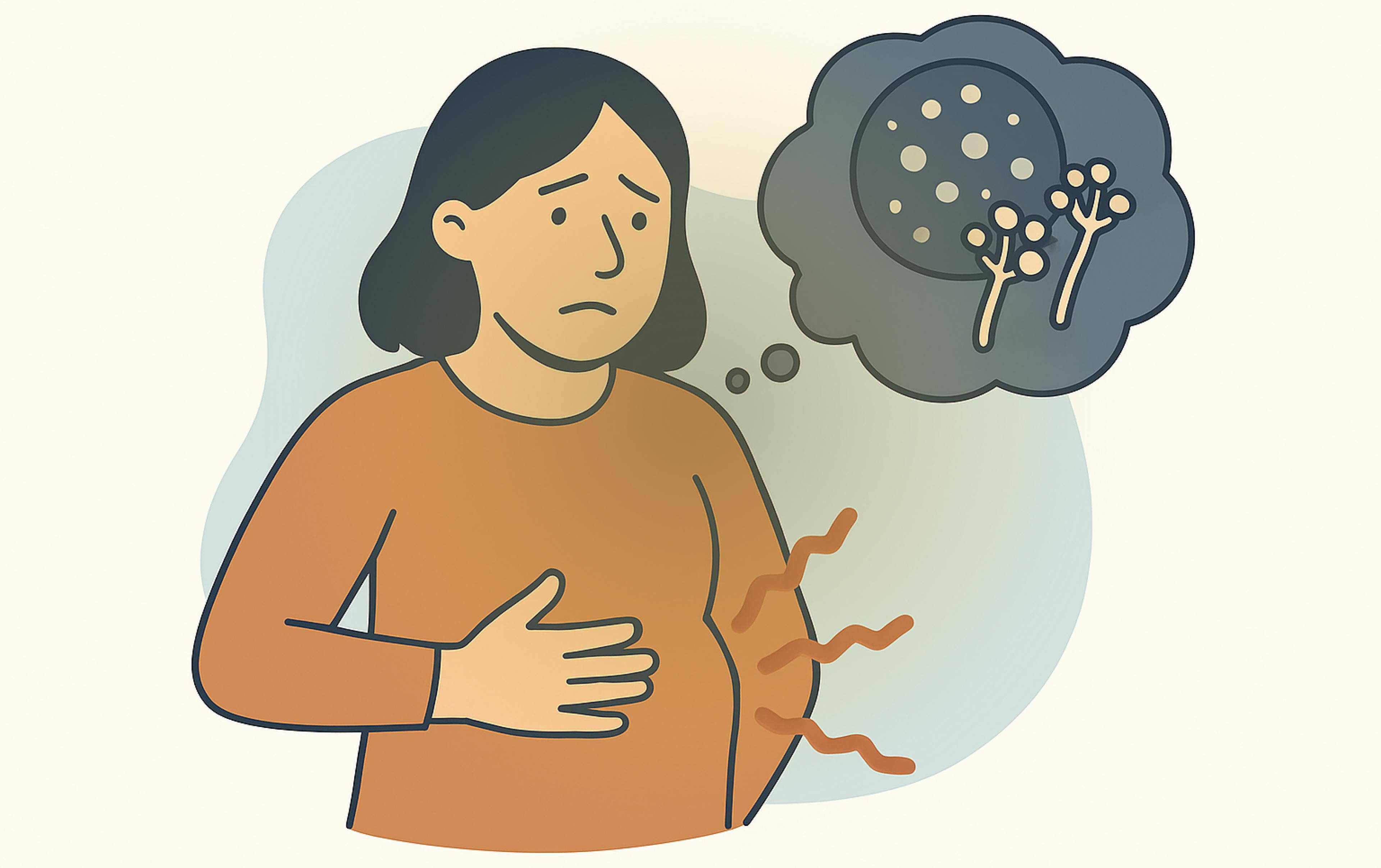Mold Toxicity health testing: uncovering CIRS & getting answers

Quick Summary / Key Takeaways
- Mold toxicity health testing goes beyond standard allergy tests to identify systemic inflammation and immune dysregulation caused by biotoxins.
- Key tests often include specific blood biomarkers such as MSH, TGF-beta1, C4a, and MMP-9, which are indicative of Chronic Inflammatory Response Syndrome (CIRS).
- These specialized tests help uncover the physiological impact of mold exposure and are crucial for a proper diagnosis.
- Interpreting these results requires a healthcare provider knowledgeable in mold-related illnesses and CIRS.
It seems like everyone's asking: How do I test my body for mold toxicity or CIRS? You're not alone in feeling like a medical detective trying to piece together a puzzle of persistent, unexplained symptoms. It's a critical question, and thankfully, there are ways to get answers.
Suspect Mold is Making You Sick? Here's How to Investigate with Mold Toxicity Body Testing
Feeling unwell and suspecting mold might be the culprit can be incredibly frustrating, especially when routine doctor visits haven't provided clarity. If you're wondering, "Is there a specific mold toxicity health testing protocol?" or "How do I know if I have Chronic Inflammatory Response Syndrome (CIRS)?", you're asking the right questions. Standard allergy tests might show if you're allergic to mold spores, but they don't reveal the deeper, systemic impact that biotoxins from water-damaged buildings can have on your body.
The good news is, specialized testing exists to look for the hallmarks of mold toxicity and CIRS. It's not about finding mold in your blood, but rather identifying how your body is reacting to the exposure.
Key Biomarkers: Your Body's Telltale Signs
When it comes to mold toxicity health testing for conditions like CIRS, healthcare providers knowledgeable in this field look for a specific pattern of dysregulation across various systems. This involves a panel of CIRS blood test markers, which are not typically part of a standard physical. These markers paint a picture of inflammation and immune system dysfunction. Some of the crucial ones include:
- Melanocyte Stimulating Hormone (MSH): Often significantly low in CIRS patients. A low MSH test for mold can indicate widespread inflammation and a compromised ability to regulate immune responses, pain, and sleep. It’s like your body's internal peacekeeper has gone on an extended vacation.
- Transforming Growth Factor Beta-1 (TGF-beta1): This marker is typically elevated in CIRS. High TGF-beta1 mold levels suggest an ongoing inflammatory response and can be linked to symptoms like fatigue, shortness of breath, and even tissue remodeling if left unchecked.
- Complement C4a: An elevated C4a mold test points to an activated innate immune system – your body's first line of defense working overtime due to persistent biotoxin exposure. Think of it as the emergency alarm constantly blaring.
- Matrix Metalloproteinase-9 (MMP-9): Often high in CIRS, MMP-9 is an enzyme that, in excess, can break down tissues and contribute to inflammation getting into places it shouldn't, like your brain, causing brain fog.
- Vascular Endothelial Growth Factor (VEGF): This marker is often low in CIRS, leading to poor oxygen delivery to tissues. This can manifest as fatigue, muscle cramps, and shortness of breath.
It’s important to understand that these tests provide pieces of a puzzle. A single abnormal marker doesn't automatically mean you have CIRS. A knowledgeable practitioner will look at the overall pattern of these biomarkers, alongside your symptoms and exposure history. This is where organizations like MoldCo labs and associated clinical services can provide essential clarity.
Beyond the Basics: What Else is Involved?
Beyond these key blood markers, a comprehensive evaluation might also include:
- Antidiuretic Hormone (ADH) and Osmolality: Checking for imbalances that can cause excessive thirst and frequent urination.
- HLA-DR Genetic Testing: To see if you have genetic markers that make you more susceptible to mold illness. This isn't a diagnostic test for active illness but can explain why you might be more affected than others.
- Visual Contrast Sensitivity (VCS) Test: A simple online or in-office eye test that can detect neurological dysfunction caused by biotoxins.
Remember, this isn't about self-diagnosing. The journey to understanding if mold is impacting your health requires guidance. These tests are specialized and their interpretation is nuanced.
Actionable Steps to Get Clarity:
- Consult a Mold-Literate Practitioner: Seek out a healthcare provider who understands CIRS and mold toxicity. They can order the correct mold toxicity body testing and interpret the results accurately.
- Document Your Symptoms and Exposure: Keep a detailed log of your symptoms and any known or suspected mold exposure. This information is vital for your practitioner.
- Consider Environmental Testing: Alongside testing your body, assessing your environment (home, work) for mold is crucial to identify and remove the source of exposure.
Ready to Uncover the Root Cause of Your Symptoms with Mold Toxicity Body Testing?
Feeling overwhelmed by symptoms and unsure where to turn for mold toxicity body testing? MoldCo is here to guide you. We offer access to the essential lab panels, including key CIRS blood test markers, and connect you with expert clinicians trained in diagnosing and treating mold-related illnesses. Our telehealth platform makes it easier to get the answers and care you deserve, so you can move from uncertainty to a clear path toward healing.